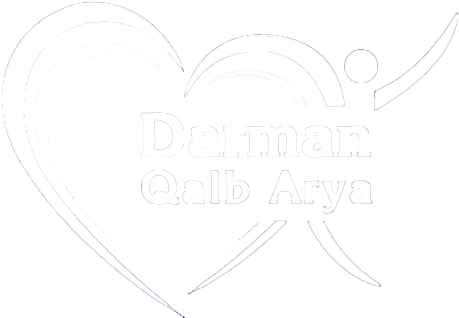Suture Material
Surgical stainless steel suture is a monofilament or multifilament non-absorbable, sterile surgical suture composed of 316L stainless steel. Surgical Stainless steel is available in a range of gauge sizes and lengths, non-needled or attached to stainless steel needles of various types and sizes. Surgical stainless steel suture meets all requirements established by the United States Pharmacopeia (U.S.P.) for non-absorbable, surgical sutures.
Surgical Steel (SW)

DemeSTEEL ™ Surgical Steel (SW)
INTENDED USE:
DemeSTEEL is a stainless steel suture composed of 316L stainless steel, is intended for use in abdominal wound closure, intestinal anastomosis, hernia repair, sternal closure and certain orthopedic procedures, including cerclage and tendon repair.
ACTIONS:
DemeSTEEL Surgical stainless steel suture elicits a minimal acute inflammatory reaction in tissue and is not absorbed.
Characteristics
DemeTech’s Surgical Steel sutures are nonabsorbable, sterile, surgical sutures composed of high quality stainless steel. Because of its high tensile strength, it exhibits very minimal loss over time and has low tissue reactivity. DemeTech’s surgical steel is available as a monofilament. – Maximum tensile strength – Most inert suture
WARNINGS
Do not re-sterilize. SINGLE USE ONLY! • Discard open, unused sutures. • The safety and compatibility of this suture has not been evaluated in the MR environment. The heating or migration of this suture has not been tested for in the MR environment. ** • The image produced by MR Imaging Equipment may distort in patients with stainless steel sutures. There is a minimal risk of suture movement during procedures using NMR Imaging Equipment. ** • Users should be familiar with surgical procedures and techniques involving non-absorbable, stainless steel sutures before employing for wound closure, as risk of wound dehiscence may vary with the site of application and the suture material used. • Acceptable surgical practice must be followed for the management of contaminated or infected wounds. • In handling this or any other suture material, care should be taken to avoid damage. With stainless steel sutures, avoid kinking or excessive twisting. • Stainless steel sutures can be difficult to knot. Unless large loops are thrown when forming knots the material is liable to fracture at the final throw. The sutures may also be secured by twisting the two ends of wire together, either manually or mechanically, taking care to avoid fracture of the material. • Care should be taken to ensure that the ends of the stainless steel sutures are placed securely to avoid irritation of the surrounding tissue. • Do not reuse. The reuse of single-use devices can cause cross contamination and affect the device safety, performance and effectiveness, exposing patients and staff to unnecessary risk. The design and material used are not compatible with conventional cleaning and sterilization procedures. ** SPECIAL STATEMENT ON MRI TESTING AFTER USING DemeSTEEL STAINLES STEEL SUTURES DemeSTEEL is a comparable stainless steel suture, equal in all respects to stainless steel sutures already in use by medical profession. Although DemeSTEEL was not evaluated by MRI testing, other stainless steel sutures evaluations rated the stainless steel sutures as MR-Conditional. Demetech believes the decision to MRI test a patient after applying DemeSTEEL sutures per the intended use, is best left to the decision of the medical professional who’s care and wellbeing of the patient lies in that individual direction. Therefore, we urge all concern, to inform all medical professionals of the DemeSTEEL implants, or any stainless steel implants, prior to MRI testing.
PRECAUTIONS:
• In handling this or any other suture material, care should be taken to avoid damage from handling, such as kinking or excessive twisting. • To avoid damaging needle points and swage areas, grasp the needle in an area one-third (1/3) to one-half (1/2) of the distance from the swaged end to the point. • Reshaping needles may cause them to lose strength and be less resistant to bending and breaking. • Users should exercise caution when handling surgical needles to avoid inadvertent needle sticks. Discard used needles in “sharps” containers.
CONTRAINDICATIONS:
The use of this suture is contraindicated in patients with known sensitivities or allergies to stainless steel, or constituent metals such as chromium and nickel.
ADVERSE REACTIONS:
• Adverse effects associated with the use of this device include wound dehiscence, allergic response in patients with known sensitivities to stainless steel, or constituent metals such as chromium and nickel, infection, minimal acute inflammatory tissue reaction, pain, edema and local irritation at the wound site. • Broken needles may result in extended or additional surgeries or residual foreign bodies. • inadvertent needle sticks with contaminated surgical needles may result in the transmission of blood borne pathogens.


